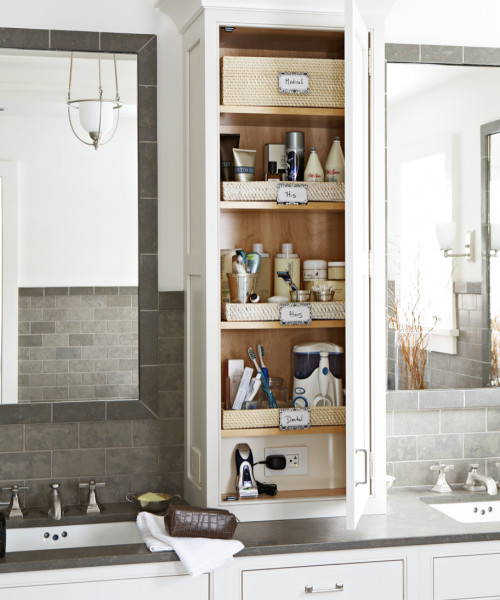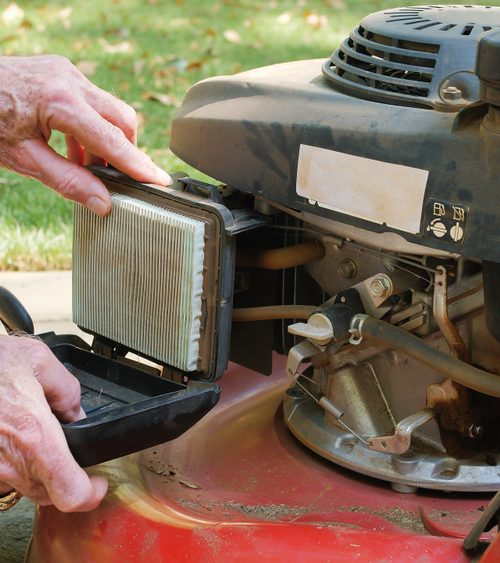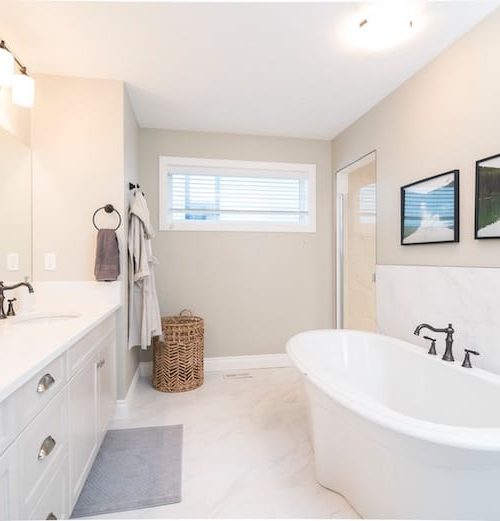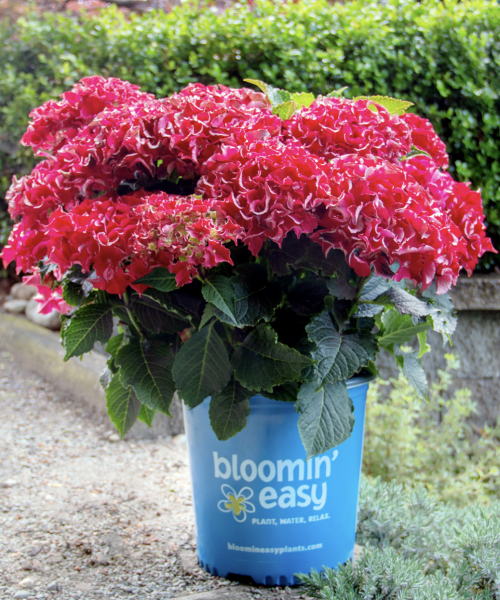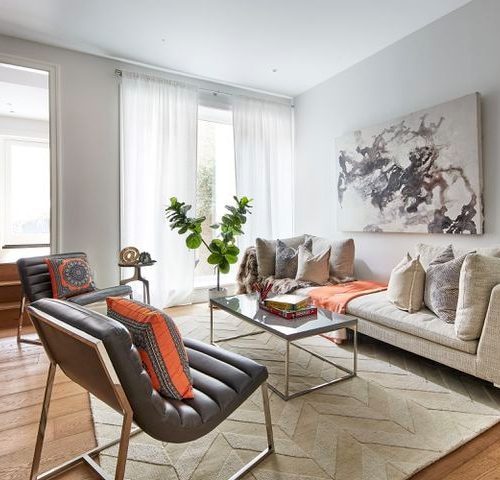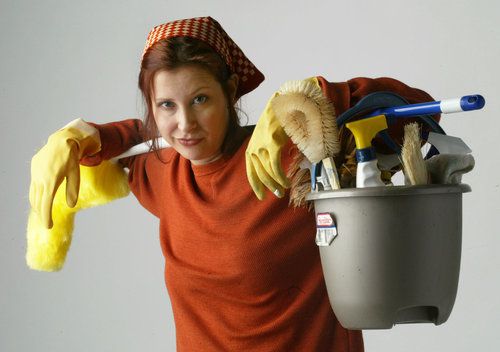By Andrea Beck | BHG.Com
Troy Warren for CNT #HomeGarden
Make sure your indoor plants don’t get too much of a good thing.
More light isn’t always the answer for healthy houseplants; just like you, your plants can end up getting sunburned if they spend too much time soaking up the rays. You can’t slather them up with sunscreen before you set them in the sun, but there are a few things you can do to prevent leaves from getting scalded by too many rays. Usually, your plants are the most at risk in the spring and summer if you decide to move them outside, or if you move them to a sunny window when they’re used to a spot with lower light. One of the best ways to change up their location without harming them is to go about it gradually so they have time to get them used to a spot with more sun.
How to Tell If Your Plants Are Sunburned
Just like your skin, the leaves on your houseplants will change color if they get too much sun, but instead of bright red, you’ll see them turn yellow or white (if it’s a severe sunburn, they can even get a little brown and crispy around the edges). Leaves can also lose their color if your plant is getting too much water or not enough light, but usually, if the reason is sunburn, only the leaves on the top of the plant, where the sun hits, will change color. The leaves that are closer to the soil and get some shade from the higher leaves shouldn’t have the same color change.
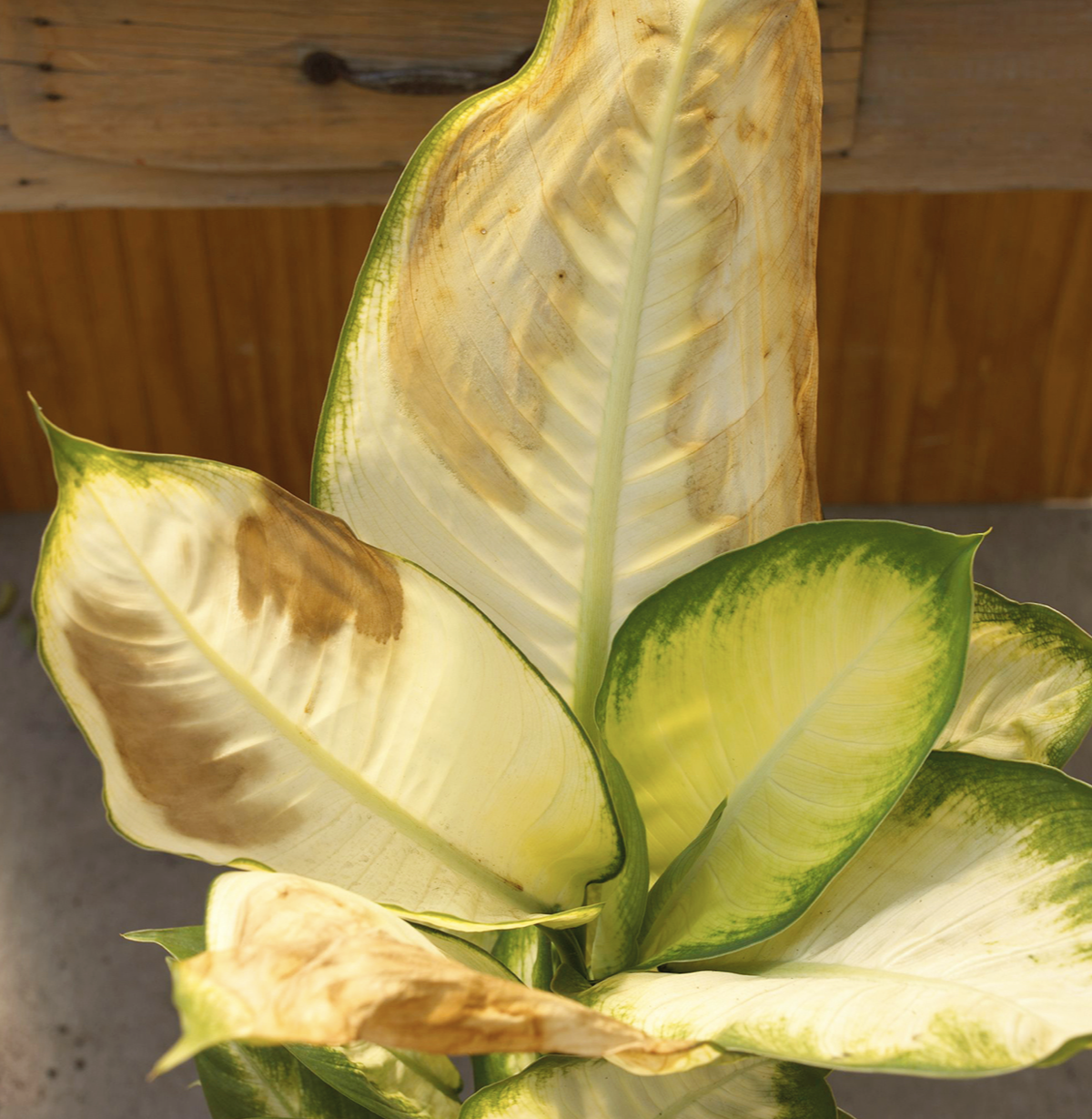
How to Prevent Plant Sunburns
Plants can get sunburned in just a few hours, and once they’re burned, there’s not much you can do. However, it’s easy to prevent sunburn; all you have to do is know your plants’ care needs, and keep them away from bright sun if they can’t tolerate it. Some plants, including some cacti and succulents, love direct sunlight, and they’ll thrive in a sunny window or outdoors for the summer soaking up the rays. But other plants, especially ones that are used to low-light conditions, are more likely to get burned if you move them into a new spot with lots of sun.
That doesn’t mean you can’t move your houseplants outside in nicer weather; you just need to do it gradually. Instead of taking a plant from your bathroom or a dark corner of your house and moving it straight into bright sunlight, ease it in. Start by moving it to a shady spot, maybe on your porch or patio, where it’ll get a little more light than usual but no direct sun. Then, after a few days, try setting it in morning sunlight for just an hour or two. Over a few weeks, gradually increase the amount of sun your plant is getting. However, if you’re acclimating a plant that normally prefers low light over bright sun, it’ll still be best to keep your plant as shaded as possible outdoors.

If anything, it’s better to err on the side of less sunlight, because once your houseplant gets a sunburn, there’s not much you can do. The leaves won’t heal and return to their normal color, so your best option is to cut off the damaged leaves and move the plant back to a spot with less light and no direct sun. If you moved your plant in front of a sunny window, you could also filter the light by adding a sheer curtain; this way, your houseplant will still get bright light, but it won’t be exposed to direct sun.
If you’re careful with your houseplants (just like you’re careful with your own skin), you should be able to save them from getting too much sun. Know how much light your plants prefer, and go slowly if you want to move them to a new, sunnier spot. Remember, any burns your houseplants get won’t fade to a tan, so make sure you don’t let them sunbathe for too long.





























